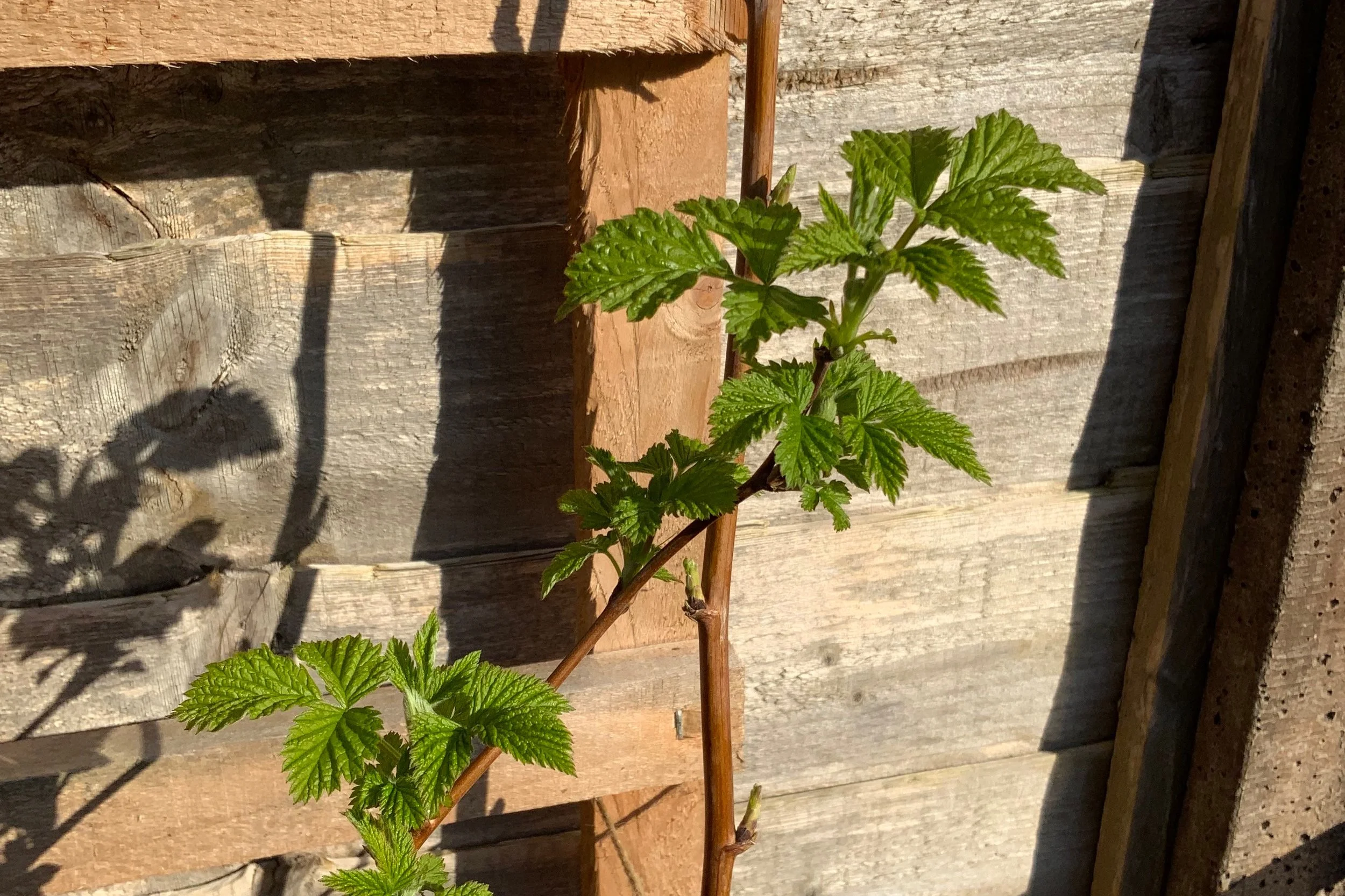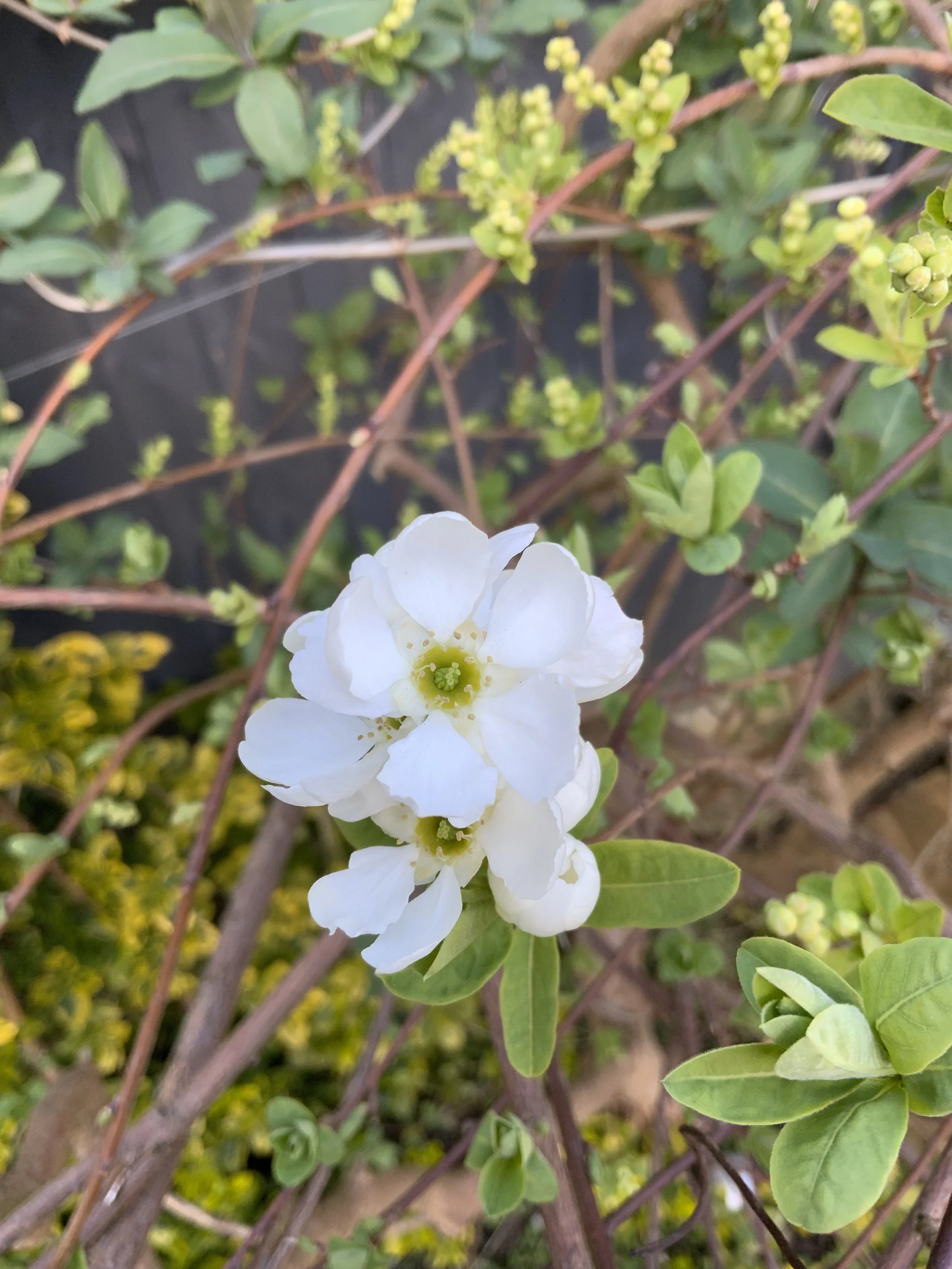flowering
It is definitely warmer this week, and apart from one day it has been pretty dry. I’ve been clearing up in the garden, starting off some seeds and enjoying the brighter colours that are appearing.
Last weekend, my lovely husband hacked down the 8 foot tall buddleia in the corner by the conservatory. This buddleia and I have had a love/hate relationship for many years. I love it’s purple flower heads and the butterflies they attract, but I hate how huge it got where it decided to grow. In a few weeks, this conservatory will be knocked down and replaced, so the buddleia had to get out of the way. I don’t expect it to stay gone, it has survived countless attacks on it (mostly from me!) in its lifetime, and always came back. If it doesn’t, though, I won’t be too sad as we have another in a much more sensible place.
Whilst my husband has been removing, I have been adding and moving in my garden. The vegetable plot has a new arch for the peas and beans to grow over, I have salad leaves just appearing, and various bits and pieces germinating on windowsills. I also moved some raspberry canes from where they were overly shaded by the bay tree to the trellis on the back fence where they will get plenty of sun. They don’t seem to have been bothered by the move, and are greening up nicely.
I have an intention, this Spring, to learn some bird song. I already recognise obvious ones like pigeons and dove, sparrows and starlings. Now I am working on recognising a few of our other garden residents: blue tits, great tits, coal tits, blackbirds,, and robins. I know all of these are in and around our garden as I see them regularly from the kitchen window. Now I will be able recognise their voices as well.
The final thing I want to show you is my beautiful macrantha x exchordia ‘The Bride’, which has it’s first flower of the year today. My parents gave me this plant 15 years ago when we first moved to this house, and every year I wait with glee for it to flower. It’s drooping branches are so pretty covered in little white flowers, which later turn into star-shaped seedpods.






